Are you looking to learn how to MIG weld? Look no further! In this article, we will provide you with all the essential information you need to know about MIG welding. With 13 years of experience in the welding industry, including working with AJ & FO Welding Services and assisting with underwater welding projects for Texas Commercial Diving, I am here to guide you through the basics and help you master this versatile welding technique. Let’s dive into the world of MIG welding together!
Table of Contents
- Understanding the Basics of MIG Welding
- Selecting the Right Equipment for MIG Welding
- Preparing the Workpiece for MIG Welding
- Setting Up Your MIG Welder Correctly
- Mastering MIG Welding Techniques
- Ensuring Welding Safety and Protection
- Practicing and Perfecting Your MIG Welds
- Q&A
- My thoughts
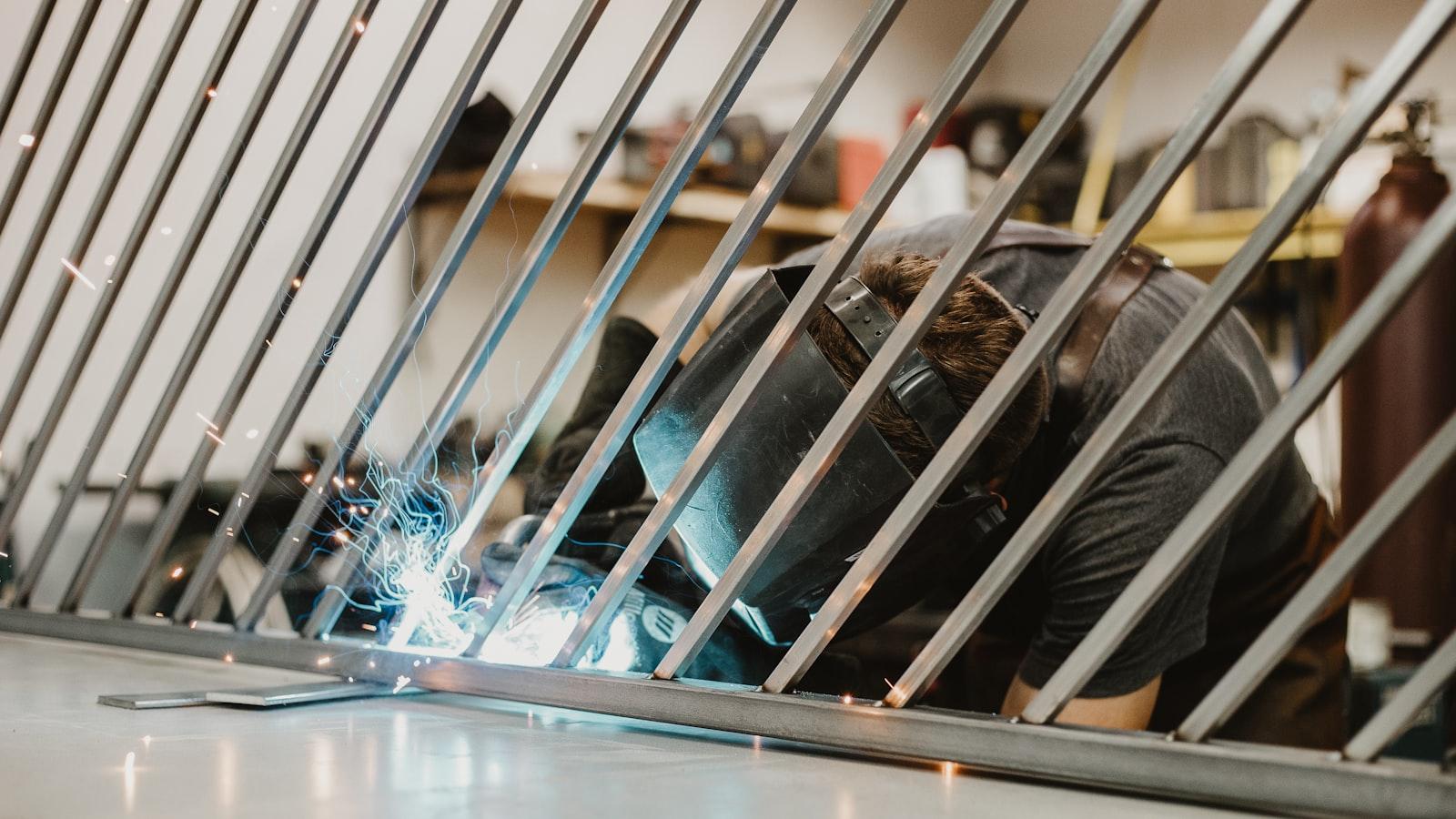
Understanding the Basics of MIG Welding
MIG welding, also known as Gas Metal Arc Welding (GMAW), is a popular welding method that is widely used in various industries. Learning how to MIG weld can open up a world of possibilities for you, whether you’re a beginner or an experienced welder looking to expand your skills. With the right knowledge and practice, you can master the art of MIG welding and create strong, high-quality welds.
One of the key advantages of MIG welding is its versatility. This welding technique can be used on a wide range of materials, including stainless steel, aluminum, and mild steel. Whether you’re working on a DIY project at home or tackling a complex industrial job, MIG welding can meet your needs. By , you can confidently handle various welding tasks with ease.
To get started with MIG welding, you’ll need to have the right equipment and safety gear. A MIG welder, welding helmet, gloves, and protective clothing are essential for a safe and successful welding experience. Make sure to set up your welding area in a well-ventilated space and follow all safety precautions to prevent accidents and injuries. Safety should always be your top priority when MIG welding.
Mastering the technique of MIG welding requires practice and patience. Begin by familiarizing yourself with the controls on your MIG welder and practicing on scrap metal to improve your welding skills. Pay attention to your welding technique, including the angle of the gun, travel speed, and distance from the workpiece. With time and practice, you’ll become more comfortable with MIG welding and be able to achieve clean, precise welds.
As you progress in your MIG welding journey, don’t be afraid to seek advice and guidance from experienced welders. Joining welding forums, taking classes, or apprenticing with a skilled welder can help you improve your welding skills and knowledge. Remember, welding is both an art and a science, and learning from others can help you advance in your welding career. Keep an open mind and be willing to learn from others’ experiences to become a proficient MIG welder.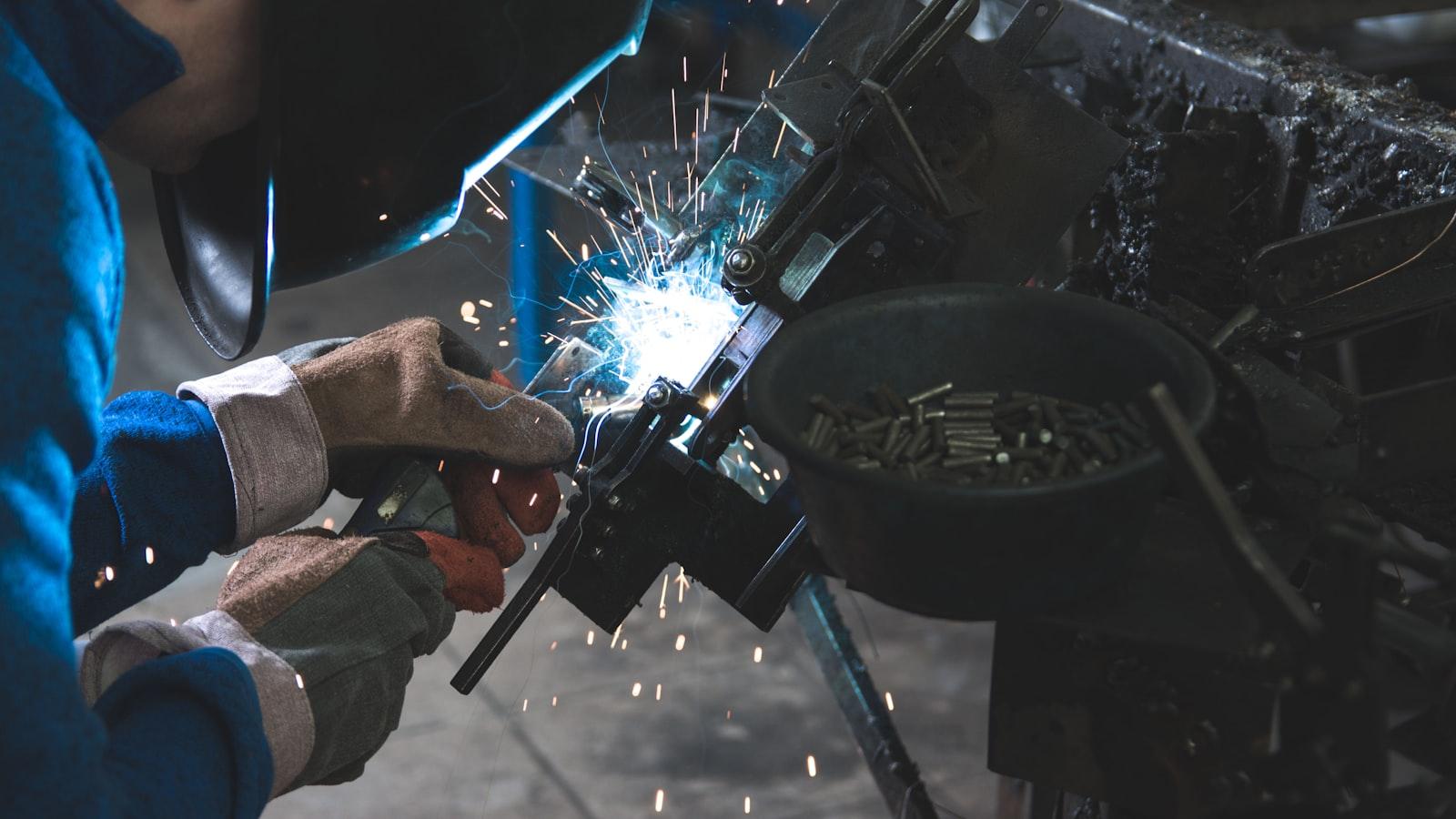
Selecting the Right Equipment for MIG Welding
When it comes to MIG welding, selecting the right equipment is crucial for a successful welding experience. It’s not merely about grabbing any old welding machine and getting to work – it’s about understanding your needs and finding the perfect tools for the job.
To make sure you’re on the right track, here are some essential tips for choosing the right equipment for MIG welding:
- Power Source: Make sure you have a reliable power source that can handle the voltage requirements of your MIG welder.
- Wire Feeder: The wire feeder is a critical component of the MIG welding process, so make sure you choose one that is durable and efficient.
- Gas Cylinder: MIG welding requires a shielding gas to protect the weld from contaminants in the air. Make sure you have a compatible gas cylinder.
- Consumables: Stock up on essential consumables like contact tips, nozzles, and gas diffusers to ensure smooth welding operations.
Don’t forget about safety equipment! Before you start welding, make sure you have the necessary safety gear, including a welding helmet, gloves, and a protective jacket. Your safety should always be a top priority when working with hot metal and electrical equipment.
By following these tips and , you’ll set yourself up for success in your welding projects. Whether you’re a beginner or a seasoned welder, having the right tools for the job can make all the difference in the quality and efficiency of your work. So, take the time to choose your equipment wisely and enjoy a seamless welding experience.
Preparing the Workpiece for MIG Welding
When , there are several crucial steps to follow to ensure a successful welding process. First, it is essential to clean the workpiece thoroughly to remove any dirt, rust, or grease that could interfere with the welding process. A clean workpiece will result in a strong and durable weld.
Next, inspect the workpiece for any defects or imperfections that may need to be addressed before welding. This step can help prevent issues such as porosity or cracking in the final weld. If any defects are found, take the time to repair or correct them before proceeding with the welding process.
After cleaning and inspecting the workpiece, it is crucial to properly clamp or secure it in place to ensure stability during welding. A secure workpiece will help maintain the accuracy and quality of the weld. Proper clamping also helps to minimize distortion in the workpiece due to heat.
Before starting the actual welding process, it is important to choose the right welding parameters for the specific workpiece and material being welded. Adjusting the wire feed speed, voltage, and shielding gas flow rate to the correct settings is crucial for achieving a strong and clean weld. Consult the welding machine manual or a welding professional for guidance on the ideal parameters.
Lastly, make sure to protect yourself with the appropriate safety gear such as welding gloves, helmet, and clothing before initiating the welding process. Safety should always be a top priority when working with welding equipment to prevent injuries and accidents. Proper safety precautions will allow you to focus on the task at hand and achieve a successful MIG weld.
Setting Up Your MIG Welder Correctly
is crucial to ensure a successful welding process. Follow these steps to get started on the right track:
-
Choose the Right Wire: Select the appropriate wire for the type of metal you are welding. You can use solid wire for steel or flux-cored wire for thicker materials and outdoor welding.
-
Adjust the Voltage and Wire Feed Speed: Proper adjustment of voltage and wire feed speed is key to achieving a clean and strong weld. Consult your welder’s manual for recommended settings based on the thickness of the metal.
-
Check the Gas Flow: Make sure that the gas flow rate is set correctly to shield the weld pool effectively. Too much or too little gas can result in poor weld quality.
-
Prepare Your Work Area: Clean the metal surface thoroughly before welding to remove any dirt, rust, or paint. A clean workpiece will result in a cleaner weld.
-
Practice Proper Technique: Position the gun at a 10-15 degree angle and maintain a consistent travel speed to create a smooth and even bead. Practice on scrap metal before starting your actual project to master the technique.
Remember, proper setup is the foundation of a successful weld. By following these steps and practicing diligently, you can ensure that your MIG welder is set up correctly for your next welding project. Happy welding!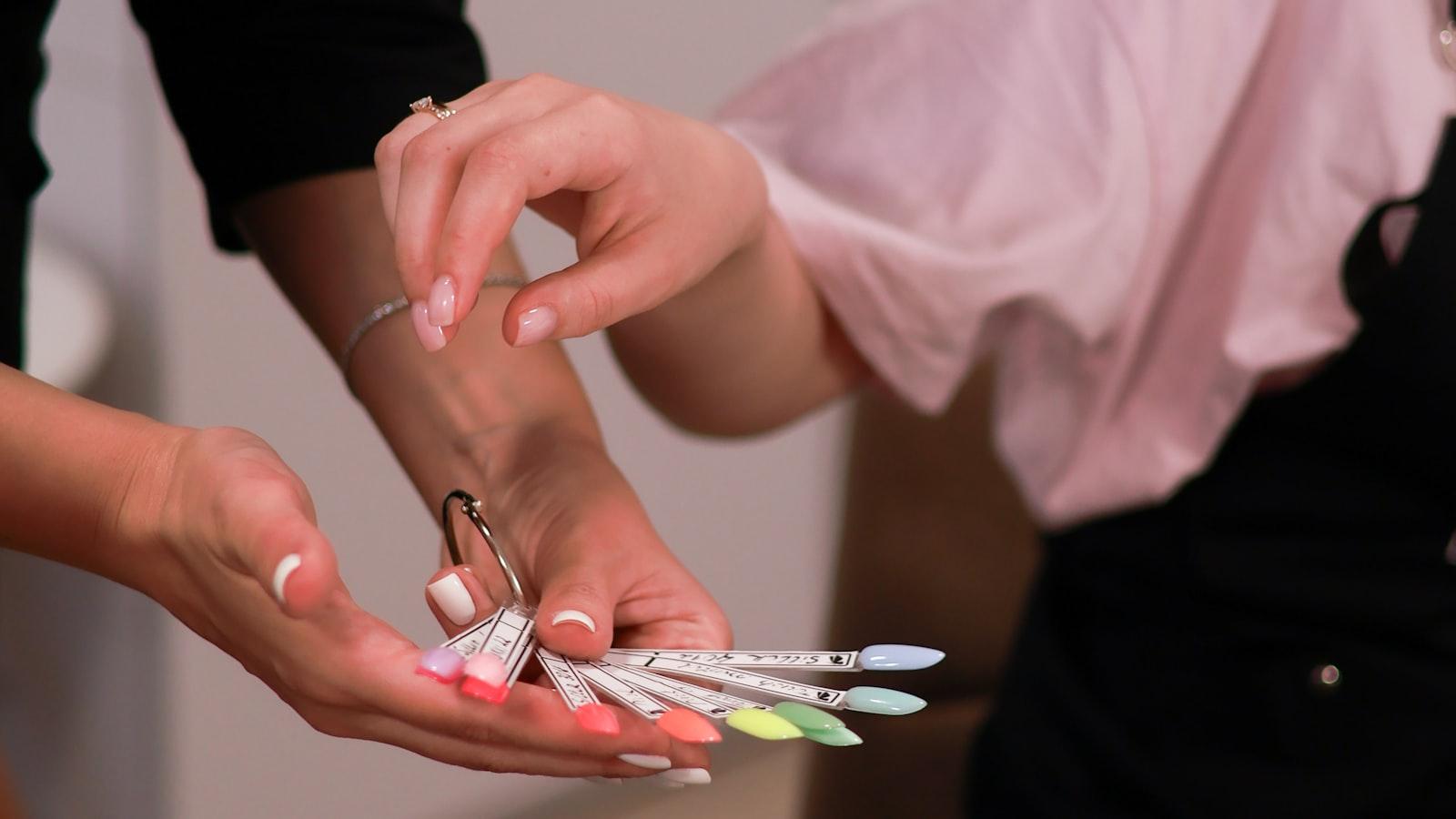
Mastering MIG Welding Techniques
is essential for anyone looking to become a skilled welder. Understanding the ins and outs of MIG welding can help you create strong and durable welds that will stand the test of time. By honing your skills in MIG welding, you can take your welding projects to the next level and achieve professional-quality results.
When it comes to MIG welding, one of the most important things to remember is to ensure your equipment is set up correctly. This includes selecting the appropriate wire, gas, and power settings for the type of metal you are welding. Taking the time to meticulously adjust your settings can make a world of difference in the quality of your welds.
Practice makes perfect when it comes to . Don’t be afraid to experiment with different techniques and settings to find what works best for you. By dedicating time to practice and refine your skills, you can become a proficient MIG welder in no time.
Another important aspect of mastering MIG welding is understanding proper welding techniques. This includes maintaining a steady hand, moving at the right speed, and keeping the correct distance between the gun and the workpiece. By following these guidelines and seeking more than just basic knowledge, you can produce clean and precise welds that are sure to impress.
In conclusion, takes time, dedication, and practice. By taking the time to learn the intricacies of MIG welding and practicing consistently, you can unlock the secrets to becoming a skilled and competent welder. So don’t be daunted by the challenges that come with learning a new skill – embrace them and watch as your welding abilities soar to new heights.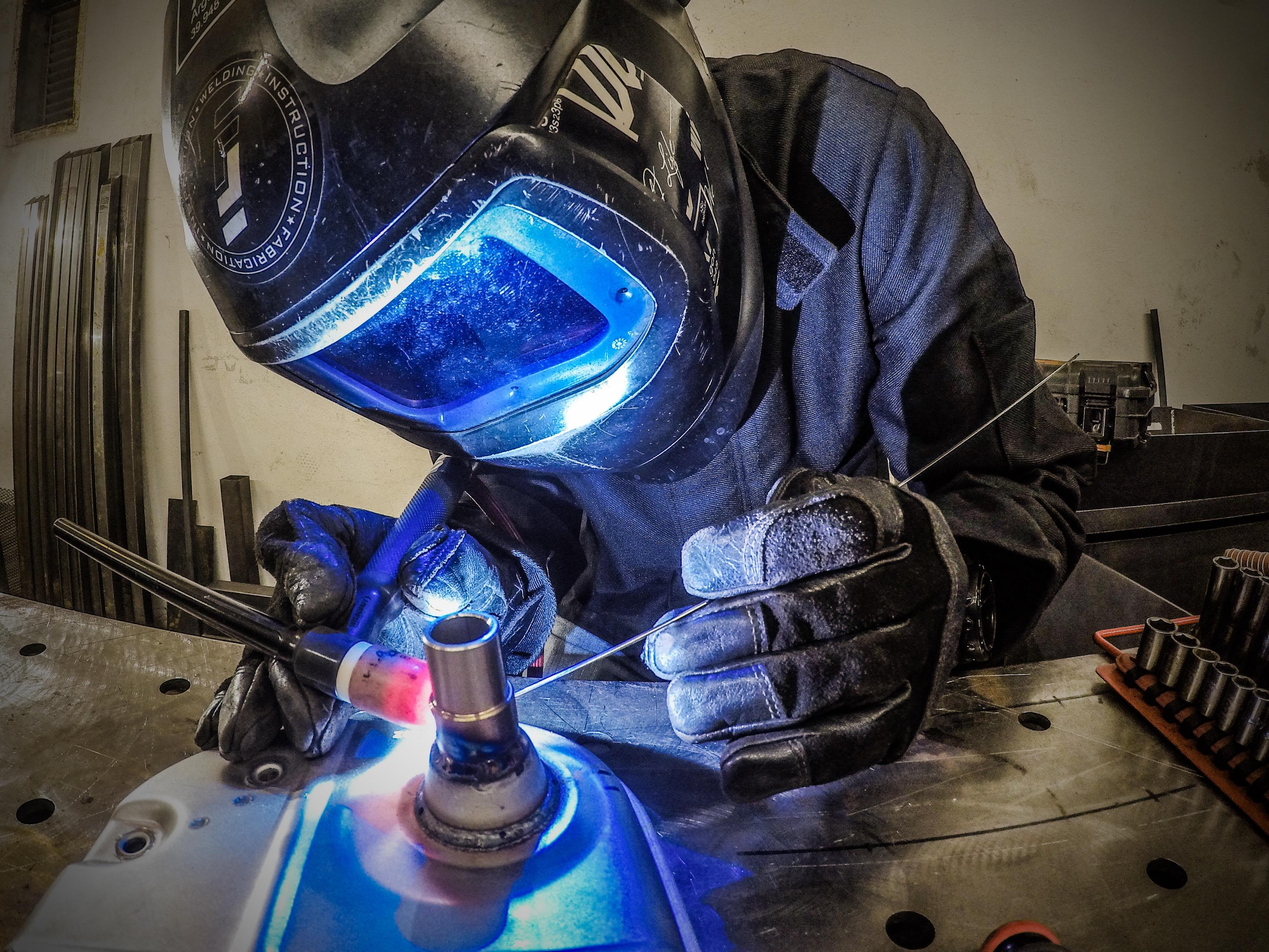
Ensuring Welding Safety and Protection
When it comes to MIG welding, safety should always be the top priority. Protecting yourself and others from potential hazards is absolutely crucial. One of the first steps in ensuring welding safety is to wear the proper protective gear. This includes a welding helmet with a dark shield to protect your eyes from the bright light, welding gloves to shield your hands from heat and sparks, and flame-resistant clothing to prevent burns.
Setting up your welding workspace correctly can also significantly contribute to ensuring safety. Make sure your work area is well-ventilated to prevent the inhalation of harmful fumes. Keep a fire extinguisher nearby in case of emergencies, and always double-check your equipment for any signs of damage before starting a welding project. Taking these precautions can help prevent accidents and ensure a safe welding environment.
Another essential aspect of MIG welding safety is knowing how to operate your welding machine properly. Familiarize yourself with the equipment’s controls and settings, and always follow the manufacturer’s instructions. Additionally, make sure to ground your workpiece and equipment to prevent electric shocks. Understanding the ins and outs of your welding machine can help you avoid dangerous situations and ensure a smooth welding process.
In addition to protecting yourself from physical harm, it’s also important to safeguard your eyes and skin from the ultraviolet radiation produced during welding. Investing in a high-quality welding helmet with a proper shade level is essential for maintaining eye health. Applying a welding screen can also help protect bystanders from harmful UV rays. Protecting your skin with flame-resistant clothing and wearing UV-resistant safety glasses can further enhance your overall safety while welding.
Overall, requires a combination of proper gear, a secure work environment, equipment knowledge, and UV protection. By following these safety guidelines and staying vigilant throughout the welding process, you can minimize risks and create a safe, productive welding experience. Remember, safety should always be the number one priority when engaging in any welding project.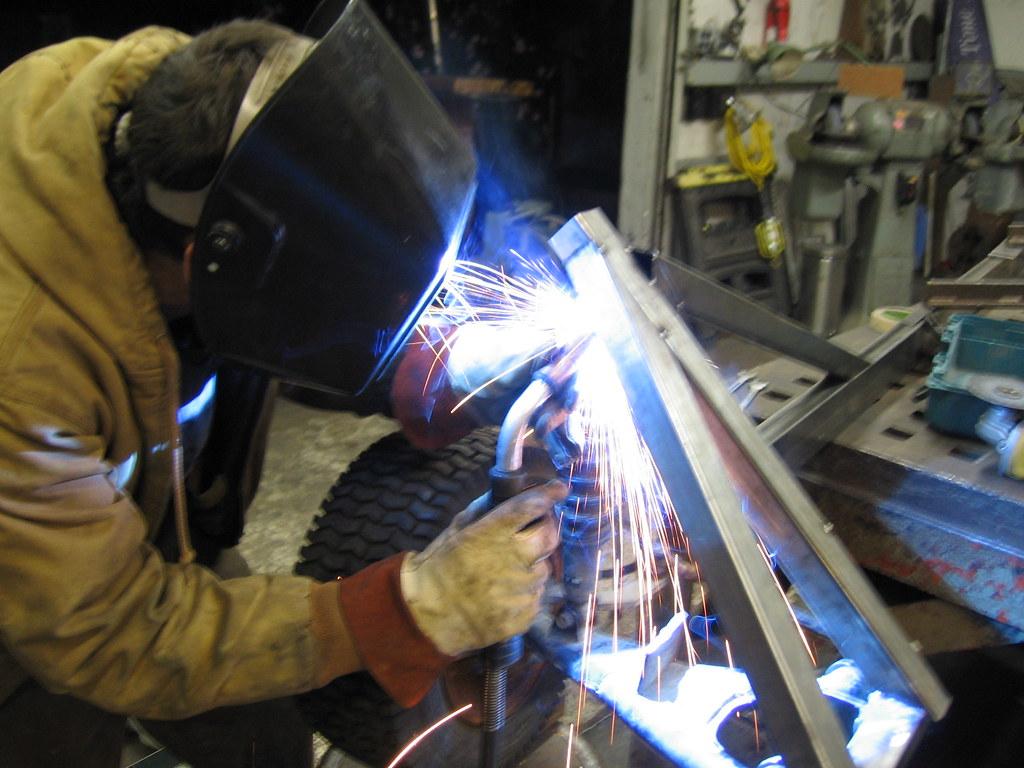
Practicing and Perfecting Your MIG Welds
To master the art of MIG welding, practice and perfecting your techniques are crucial. First and foremost, ensure that you have the right equipment in place - a reliable welding machine, appropriate safety gear such as gloves and a welding helmet, as well as the right materials for the job. Proper preparation is key to achieving optimal results in your MIG welds.
When setting up your welding machine, take the time to ensure that it is properly calibrated for the type of metal you are working with. Adjust the wire speed and voltage settings accordingly to achieve a clean and strong weld. Remember, precision is key, so be meticulous in your setup to avoid any potential issues during the welding process.
As you begin welding, maintain a steady hand and a consistent travel speed along the joint. Focus on creating a smooth, uniform bead to ensure a strong and durable weld. Practice different welding techniques such as the push or pull method to determine which works best for the specific welding project you are working on.
Another important aspect of perfecting your MIG welds is mastering the angle at which you hold the welding gun. The optimal angle is typically around 15 degrees from vertical, but it may vary depending on the specific joint configuration. Experiment with different angles to find what works best for you and the type of weld you are working on.
Finally, always remember to clean and prepare the metal surfaces before welding to remove any impurities that could affect the quality of the weld. A clean workpiece is essential for achieving strong and durable welds. With practice, patience, and a commitment to honing your skills, you can become a proficient MIG welder capable of tackling a wide range of welding projects.
Q&A
Q: What is MIG welding?
A: MIG (Metal Inert Gas) welding is a welding process where an electric arc forms between a consumable electrode and the workpiece. The electrode is continuously fed through a welding gun, allowing for a fast and efficient welding process.
Q: What type of equipment is needed for MIG welding?
A: To MIG weld, you will need a MIG welding machine, a welding gun, a gas cylinder (typically containing a mixture of argon and carbon dioxide), welding wire, and suitable safety gear such as gloves, helmet, and protective clothing.
Q: How do I set up my MIG welding machine?
A: First, ensure that your machine is properly grounded and that all connections are secure. Set the appropriate wire feed speed and voltage settings according to the material thickness you are welding. Adjust the gas flow rate as per the manufacturer’s recommendations.
Q: What are some common mistakes to avoid when MIG welding?
A: Some common mistakes to avoid when MIG welding include incorrect wire feed speed or voltage settings, inadequate gas flow, improper gun angle or travel speed, and welding on dirty or rusty material. It is essential to ensure proper preparation and a clean work area before beginning the welding process.
Q: How can I improve my MIG welding skills?
A: Practice is key to improving your MIG welding skills. Start by welding on scrap pieces of metal to get a feel for the process and experiment with different settings. Additionally, consider taking welding classes or seeking guidance from experienced welders to further enhance your skills.
My thoughts
In conclusion, mastering the art of MIG welding requires practice, patience, and a solid understanding of the technique. By following the steps outlined in this article and continuously honing your skills, you can become a proficient MIG welder. Remember to always prioritize safety and follow proper procedures to ensure successful welding projects. With dedication and perseverance, you can achieve great results and take your welding skills to the next level. Keep practicing and never stop learning!
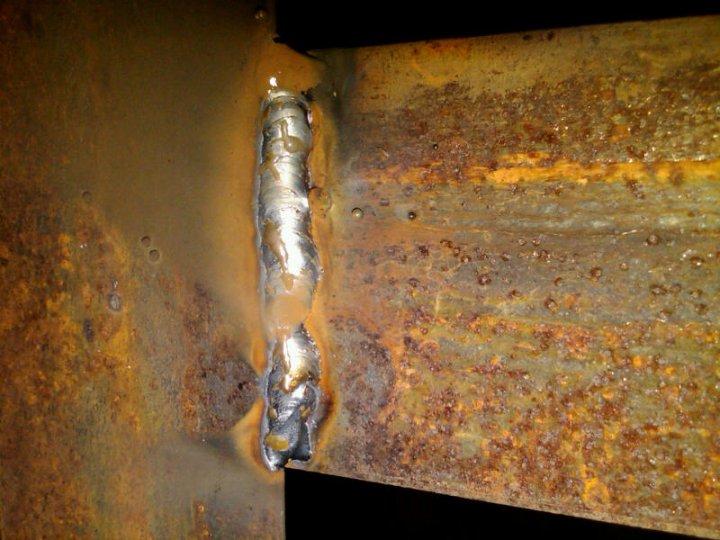
Leave a Reply